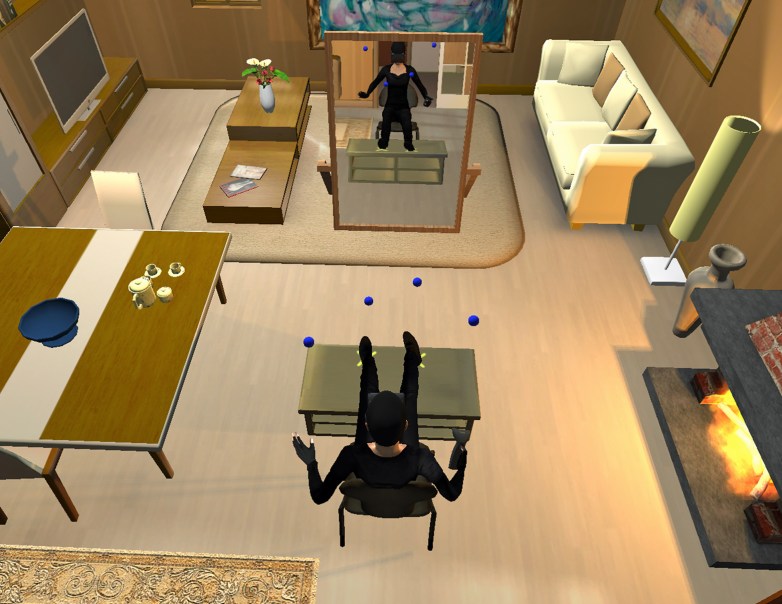
With the ever-advancing technology of virtual reality and simulated experiences, one can be placed in an alternate space that feels and looks very, maybe too real. Through sound, 360-degree visuals, and even sensory stimulation, VR artists are toeing the boundaries of realistic computerized scenarios. We see such an invention being used as a new form of therapy that emerged for those to face their greatest fears. Virtual Reality Exposure Therapy is built upon the concept of immersing a participant in a simulated environment that forces them to face the debilitating anxieties that impede a healthy lifestyle. Often it is that the patient has avoidance behaviors and the only way to recover is placing them in controlled replication of a stress-inducing scenario such as a plane crash or a room full of spiders. Exposure therapy at the aid of virtual reality technology is based on the concept that repeated subjection to one’s fear and having them come out of the simulation safe will eventually lower their physical reactions to such an incident and ultimately assist in curbing their avoidance behaviors. However, researchers have taken this one step further and conjured up a virtual experience to aid a fear an overwhelming amount of the population obtains – dying. They’ve done this by giving the test patient a first person perspective simulation in a room, manipulated the hand, leg and head motions of the avatar while giving the test patient vibrations to their extremities so that they feel their movements match up with the computerized character. In time, “the player’s perspective gradually drifts away from their digital body, simulating a consciousness breaking free from its physical bounds” as explained by BGR Media. The users felt as though they were being lifted out of the chairs and through the ceiling. Before and after the experience, the volunteers were asked whether they were afraid of dying. Those that reported having felt the episode to be very real physically were more likely to report that they weren’t afraid and to believe in an afterlife having experienced the out of body sensation. The study’s conclusions stated: “Fear of death in the experimental group was found to be lower than in the control group. This is in line with previous reports that naturally occurring out-of-body-experiences are often associated with enhanced belief in life after death” (The Sun).
This kind of simulation could serve as a life-changing tool for those who are not living their life without constantly inhibiting themselves from every possible scenario that could bring about death. As previously mentioned, this kind of therapy aims to ease experiencers from avoiding such a truth. I also believe that this kind of therapy does not address the core issue, why one would be terrified by their inevitable demise. This kind of therapy does not seek to alleviate the cause of their fear and what circumstances might bring one to live fearful of the end. Nonetheless, it is interesting to see how such a technological and psychological experiment raised ethical and philosophical concerns as well. Do people need to physically be given a visual and sensory immersion tactic that they know is fabricated to convince themselves of an afterlife? Is it that we cannot fathom an existence involving all of our senses where our self is removed from the body? Is such a study even beneficial in the fear of dying when one could never truly replicate the sensations of dying like one could replicate a plane crash or any other phobia? Lastly, is the work being done in virtual death simulation ethical?
Sources:
Recent Comments